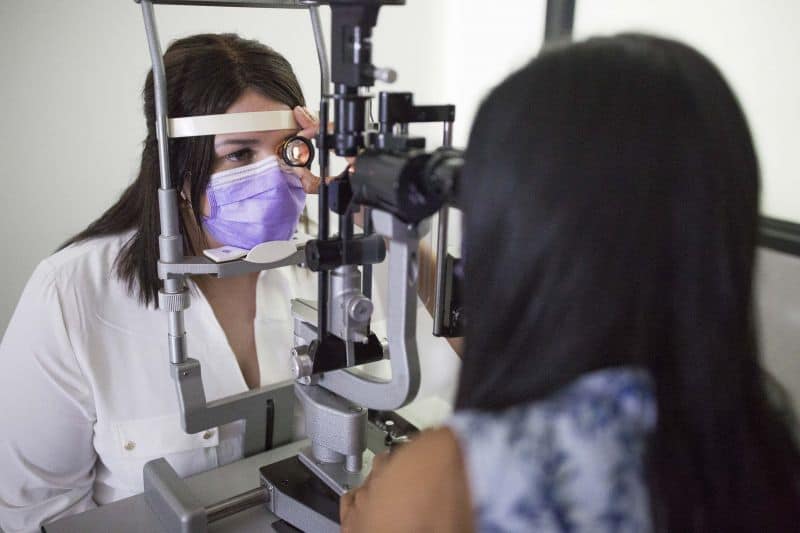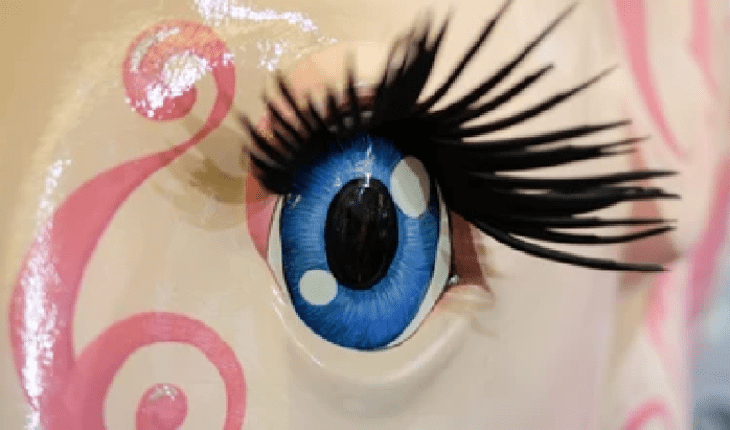Education vital to help patients considering future gene therapies for blindness: Australians with inherited retinal disease (IRD) have a strong interest in undergoing gene therapy to prevent and treat blindness – but there’s a critical need for education programs to help them make informed choices about future treatments, new research shows.

New research reveals the results of the first national survey asking Australians living with inherited retinal disease and their carers about their knowledge and views on gene therapy. Image: Anna Carlile
The study, led by the Centre for Eye Research Australia and University of Melbourne and published in Gene Therapy, reveals the results of the first national survey asking Australians living with IRD and their carers about their knowledge and views on gene therapy.
IRD is the umbrella term for broad group of genetic eye conditions – including retinitis pigmentosa and Stargardt’s disease – that cause progressive vison loss and blindness. They are the most common cause of blindness in working-age Australians, affecting more than 13,000 people nationally.
Led by Associate Professors Heather Mack and Lauren Ayton, the new study provides new insight into patients’ knowledge of emerging gene therapies, the methods used, their willingness undergo future treatments and their views on the potential costs and logistics.
Associate Professor Ayton said: “Until recently, someone diagnosed with an IRD would be told their condition was incurable and advised to prepare for a life of progressive, irreversible vision loss.
“But rapid advances in gene therapy are for the first time offering the potential of treatments that will stall, or even reverse vision loss. There is now an approved gene therapy for a rare form of retinitis pigmentosa and there are multiple clinical trials of gene therapies for other genetic eye conditions underway around the world.
“It’s essential that patients have the information they need to make informed choices in the future.”
An estimated five per cent of Australians with IRD, almost 700 people, completed the survey. Key findings included:
- 92 per cent said they would be interested in having a gene therapy if one became available for their condition in the future
- Less than a third (28 per cent) said they had a good understanding of gene therapies
- More people (49 per cent) got their information about gene therapy from the Internet than their ophthalmologist (37.9 per cent)
- 60 per cent identified one or more barriers to receiving gene therapy including out-of-pocket costs (30.5 per cent) or fear of side effects (27 per cent)
- 79 per cent said a government subsidy for gene therapy was a good use of taxpayer money but less than half believed the government or private health insurance should pay all of the costs.
- More than three-quarters (77 per cent) would travel interstate for treatment.
Associate Professor Mack said the findings demonstrated the need for continuing, targeted education about the outcomes and risks of gene therapy, and the difference between clinical research and approved treatments.
“Education of both patients and eye care professionals will be critical to fill knowledge gaps and a lack of confidence in understanding treatment options,’’ she said.
“This will require continually evolving education of both potential recipients of gene therapy and eye care providers as new technologies and treatments are rolled out.’’
This research is funded by National Health and Medical Research Council and Retina Australia. The Centre for Eye Research Australia receives Operational Infrastructure Support from the Victorian Government.
- New lipid-based pathway discovered as key to memory formation - 25th June 2025
- Crucial link could explain how Alzheimer’s takes hold - 25th June 2025
- Understanding Your Mind Can Improve Daily Life - 25th June 2025







